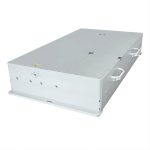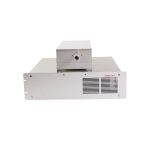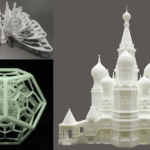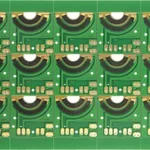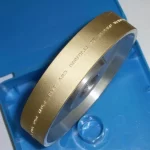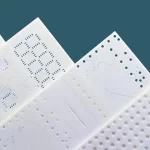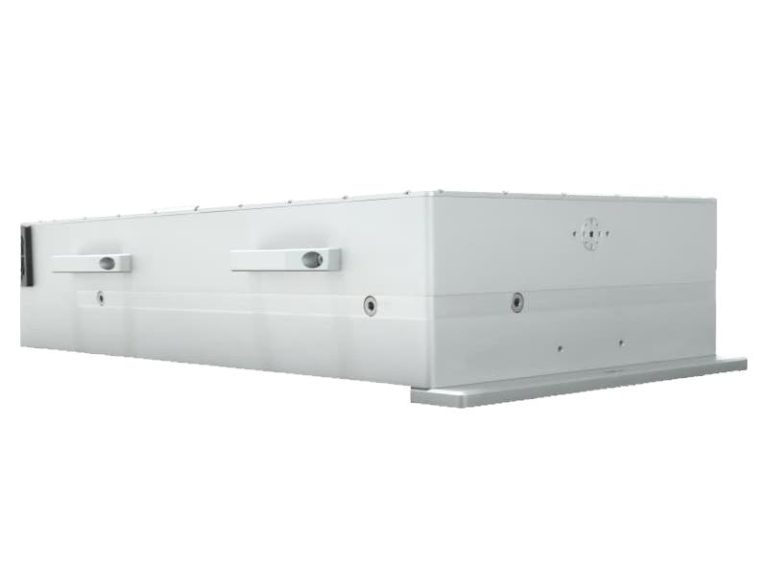Three-wavelength laser is a new laser technology which has attracted much attention in recent years. It has a wide range of application prospects in the laser field, especially in the fields of medicine, communication and material processing. In this paper, three wavelength lasers are reviewed from the aspects of principle, application and future development.
Principle
Three-wavelength laser is a hybrid light source based on three different wavelength lasers. These three wavelengths represent the infrared, visible and ultraviolet regions. By combining the output beams of these three lasers, a laser source with multi-wavelength characteristics can be obtained.
The core technology of three-wavelength laser is beam merging and wavelength tuning. Beam merging refers to combining beams from lasers of different wavelengths so that they can output together. Wavelength tuning refers to the accurate control of the output wavelength by adjusting the working parameters of each laser.
Apply
Medical application
In the medical field, the three-wavelength laser has a wide application prospect. One of the important applications is skin therapy. Different wavelengths of laser have different penetration capabilities for different depths of skin tissue, which can achieve accurate treatment of different skin problems. For example, infrared lasers can promote blood circulation and tissue repair, and visible light lasers can be used to treat pigmentation and so on.
Communication application
In the field of optical communication, three-wavelength lasers also have important application value. Traditional optical communication systems usually require multiple lasers to achieve light sources of different wavelengths, while three-wavelength lasers can achieve multi-wavelength output through a single device, thus simplifying the system structure and maintenance costs. In addition, three-wavelength lasers can also be used in areas such as optical fiber sensing.
Material processing application
In the field of material processing, three-wavelength lasers have also shown their unique advantages. As a new laser technology, three-wavelength laser has a broad prospect in scientific research and industrial application
Future development
As a new laser technology, three-wavelength laser has many advantages and potential, but it still faces some challenges. First, it is technically necessary to further improve the accuracy and stability of beam merging and wavelength tuning. This will require higher optical design and control techniques. Second, the cost of three-wavelength lasers is currently higher, limiting their promotion in large-scale applications. Therefore, reducing the cost is an important research direction. Finally, three-wavelength lasers have different application requirements in different fields, and need to be optimized and customized according to specific application scenarios.
In the future development, it can be predicted that three-wavelength lasers will further expand their application fields. With the continuous progress of medical technology, three-wavelength lasers are expected to play a more important role in skin treatment, eye surgery and other fields. In the field of optical communication, with the continuous improvement of data transmission rate, the demand for multi-wavelength light sources will also increase, and three-wavelength lasers are expected to become the ideal choice. In the field of material processing, three-wavelength lasers can achieve more accurate material processing effects by adjusting the laser power and spatial distribution of different wavelengths.
All in all, as a new laser technology, three-wavelength laser has broad application prospects. With the continuous progress of technology and in-depth research, it is believed that three-wavelength lasers will play an increasingly important role in the fields of medicine, communication and material processing, and make greater contributions to the development of human society.
